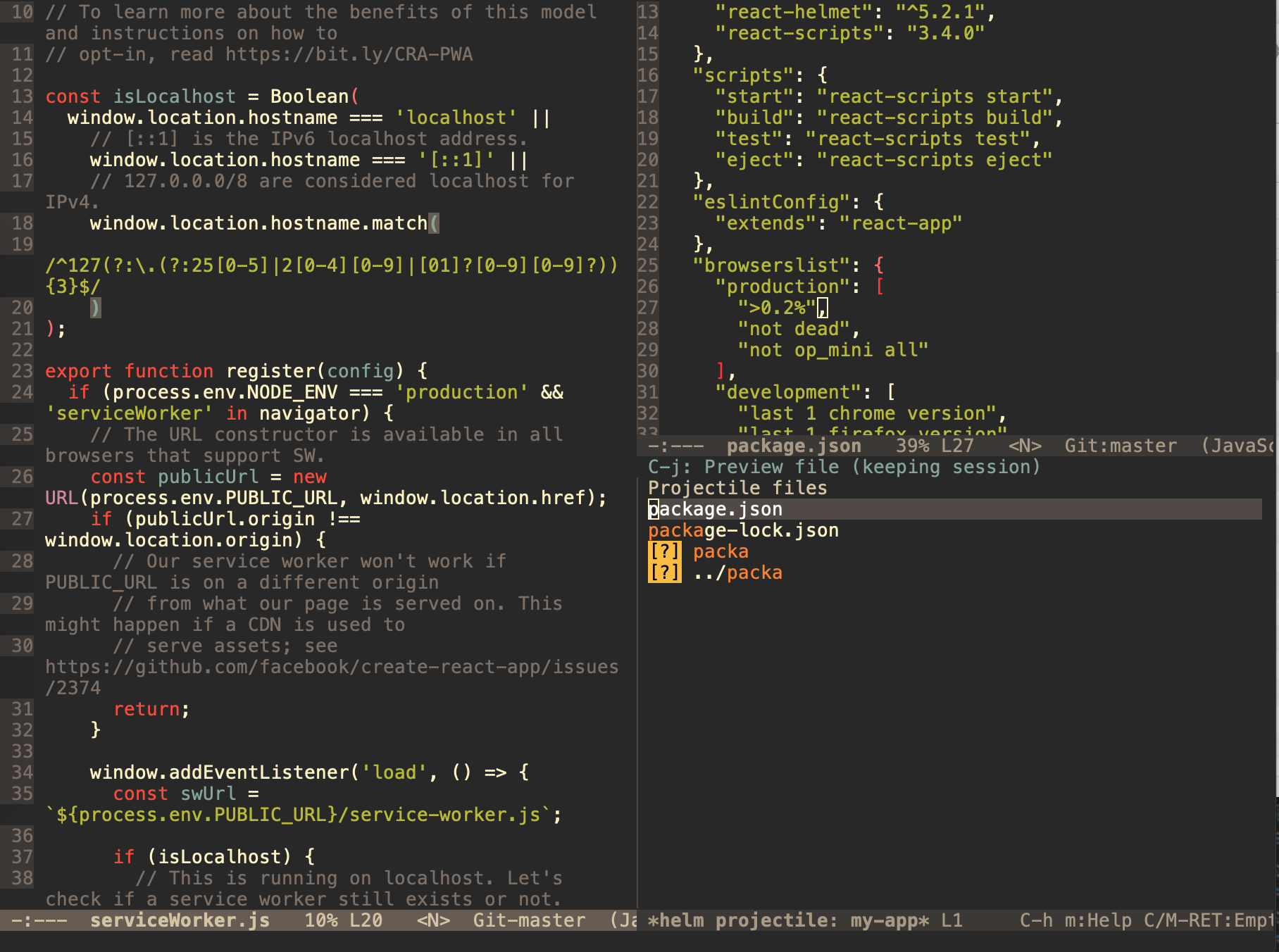

To learn more, I suggest reading the Emacs or the GNU Readline documentation. There are a lot more Emacs commands that are commonly implemented. This one can be handy for switching arguments around at the command line. Then well cover what youd learn in a standard 300 page book. Next Stepsĭid you know there’s also a command for transposing words? It’s M-t. Dealing with modality at the shell can often be quite jarring.īeyond this, Emacs bindings are available in a lot more places. On the downside, vimscript is relatively similar to today’s dynamic languages while elisp doesn’t resemble pretty much anything) more extendible.
#Learn emacs full#
Learn Emacs online with the best Emacs tutorials and courses. more powerful language for extending it (elisp is a full blown language, and in emacs you can practically redefine everything while in vim you cannot redefine build in functions of the editor. Find Emacs tutorials submitted by developers with the best content rising to the top, voted on by the programmers that use them. It’s a lot easier to press M-b a couple times and resume typing, without the mental overhead of modality. Learn Emacs - Tutorials, Courses, and Books Learn Emacs for free. For short editing tasks, I found the friction to be too much. I used to be one of those people who enabled VI bindings in my shell.

#Learn emacs software#
It’s quite likely that a lot of the software you interact with as a developer has support for these commands hidden away. On macOS, it’s worth noting that the Option key is the Meta key. The most basic bindings that I’ll cover here are shortcuts that let you move your cursor around and delete text. Spending a bit of time learning these commands can make you more effective in a variety of places, even if you don’t use Emacs as your preferred editor. After spending a bit of time learning Emacs, I’ve found it has a widespread compatibility with a lot of the basic movement and editing commands.


 0 kommentar(er)
0 kommentar(er)
